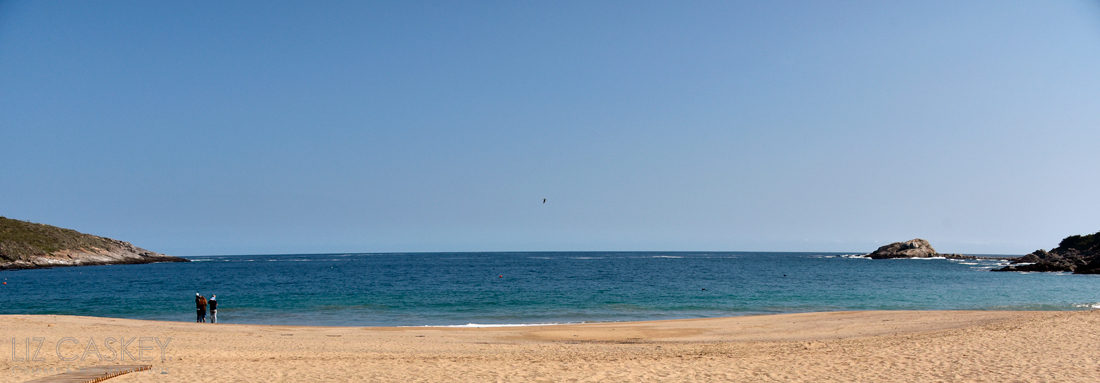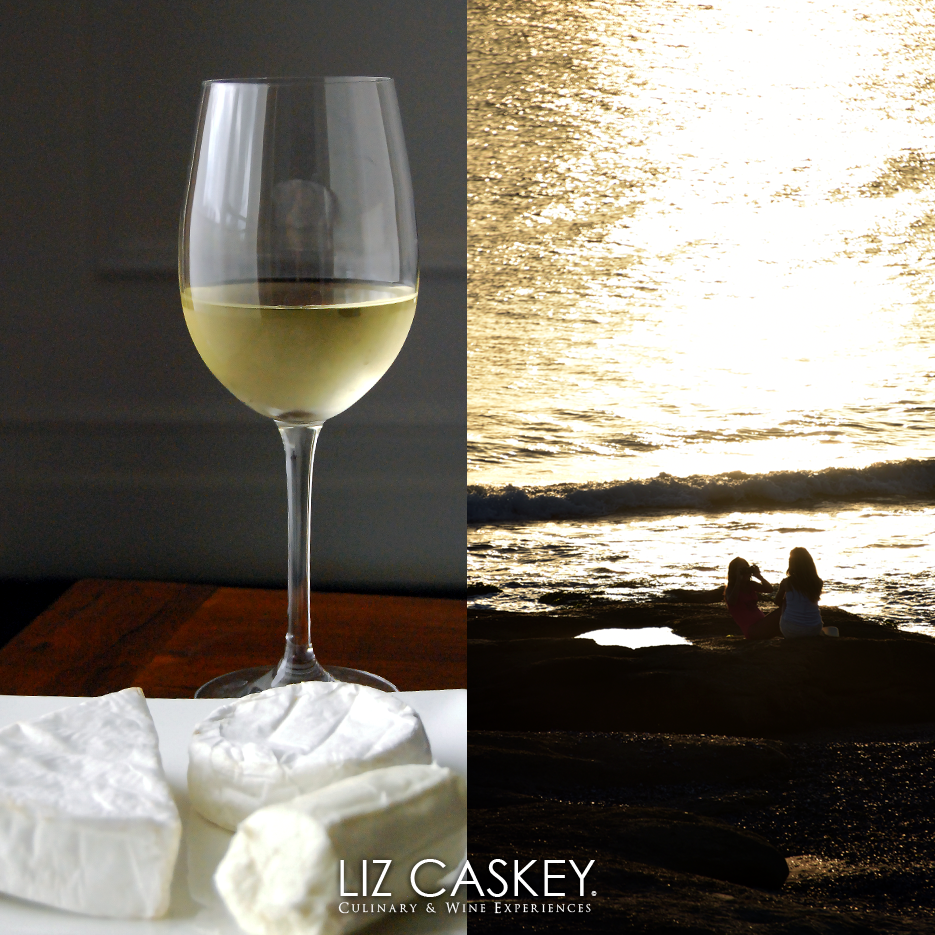
Ten years ago, it would have been unfathomable, perhaps even crazy, to speculate that a white grape hailing from Galicia, Spain, would be blossoming into Uruguay’s most notable white wine variety.
It has adapted beautifully to Uruguay’s soil and maritime climate. Many vintners, in fact, proclaim that Albariño is on par in quality with the best white wines being made in Uruguay like Sauvignon Blanc.
Move on over, Tannat, it’s Albariño’s turn for the limelight.
It all started years ago when Bouza winery brought the varietal to Uruguay. It was a wine experiment, of sorts, given the winery’s Spanish family ties (they also over brought Tempranillo).
Needless to say, the results were muy interesante. Their Albariño became a wine oddity sought out by wine geeks (like myself). It always found a place in my suitcase on my trips there.
If you’re not yet familiar with Albariño, I highly recommend it. It’s a refreshing white wine that exudes a balance of ripe, citrusy and floral aromas, zinginess (i.e. nice acidity), and minerality. It also has structure and “creaminess” in your mouth.
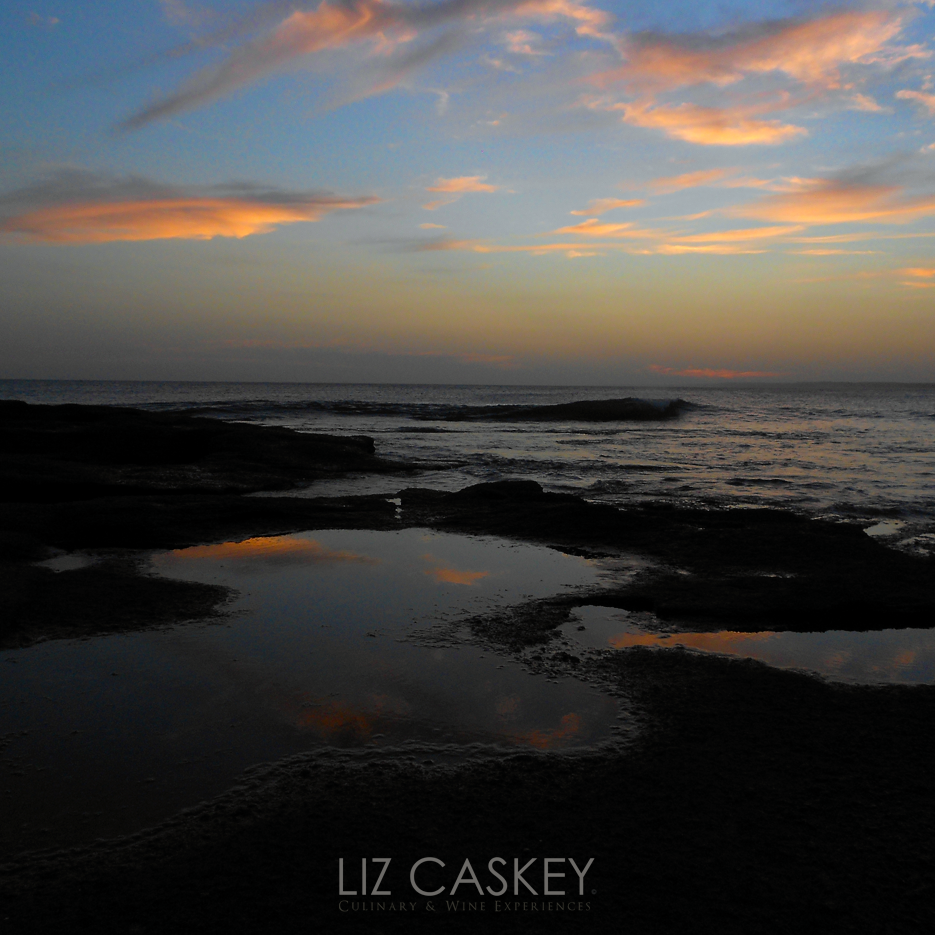
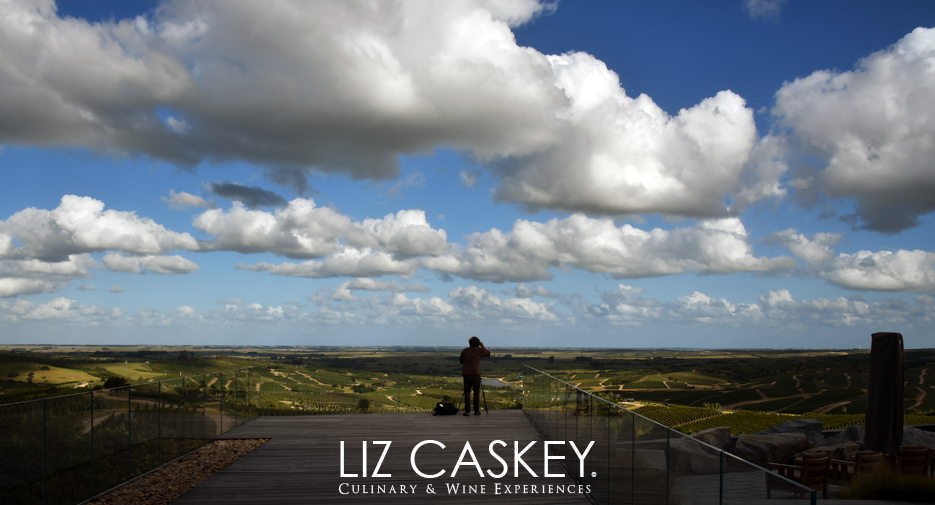
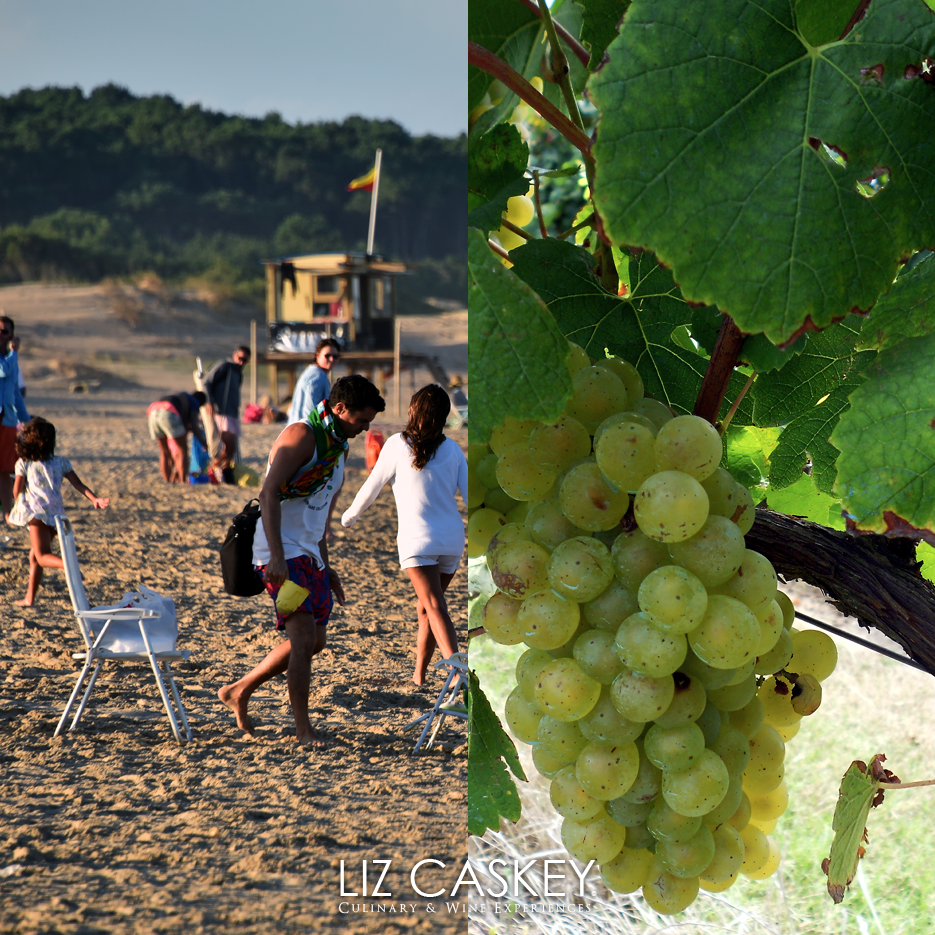
If I had to sum up Albariño in one word, it would be mouthwatering.
It is a match made in heaven for seafood. Sip it poolside, beachside, picnicking or pair it with just about anything delicate and light (besides seafood) like grilled vegetables, goat cheese, and summer salads.
Albariño’s adaptability to Uruguay wasn’t a far stretch since much of the wine growing region on the Rio de la Plata estuary and Atlantic Ocean resemble Galicia’s climate with gentle hills, intense sun, and year-round rainfall. This grape variety is highly resistant to fungus so it’s a godsend in a climate like Uruguay where rains fall year-round, often during the harvest months.
If Bouza got Albariño off the ground in Uruguay, then Bodega Garzón, an ambitious winery project launched in 1999 by Alejandro & Bettina Bulgheroni, got Albariño into the hands (and mouths) of thousands of consumers locally and worldwide.
This massive project, to the tune of 4,000 acres, is about 40 minutes north of the chic beach enclave of Jose Ignacio to the east of Punta del Este. The Garzón valley grows olives, almonds, and premium wine grapes. At the time when they planted Albariño, along with a dozen other grape varieties, it was truly a leap of faith to test the waters in new location outside the traditional growing areas like Canelones. No vines had ever been planted there before.
Today Bodega Garzón’s five hundred-plus acres of vines are separated into more than 1,000 blocks with over a dozen grape varietals, including Albariño. What’s totally mind-blowing about this vineyard is the level of detail to divide those blocks. Every single variable was measured from sunlight exposure to soil composition, drainage, and the slope to plant the right grape in the right place. The vines cover the hillsides and create microclimates with different levels of humidity, sunlight, and canopy management. This all allows the fruit to develop to its maximum, expressive potential.
Within the valley, the Albariño parcels are located only 11 miles from the Atlantic Ocean and planted in granitic soil. There’s a real sense of the coastal proximity in this wine that appears with saline notes. The granite soil amps up its mineral complexity. What does this all mean for wine drinkers? More deliciousness.
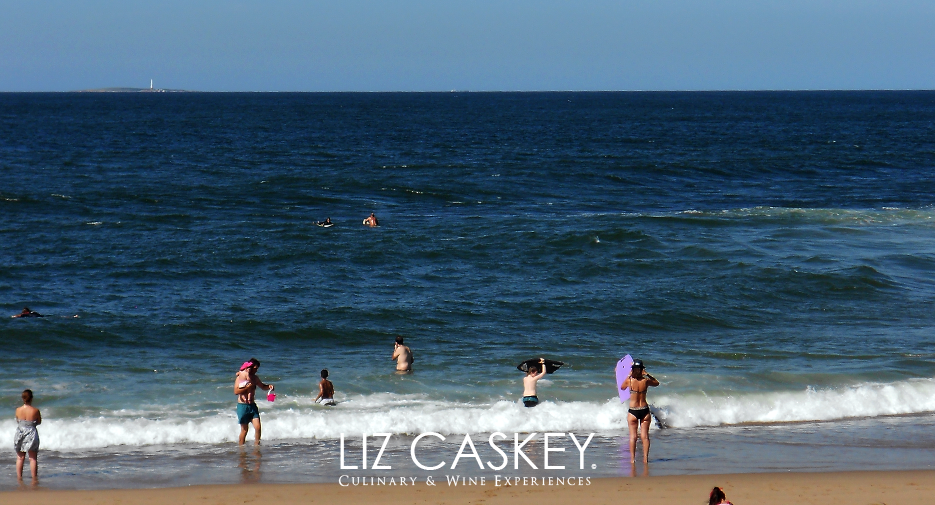
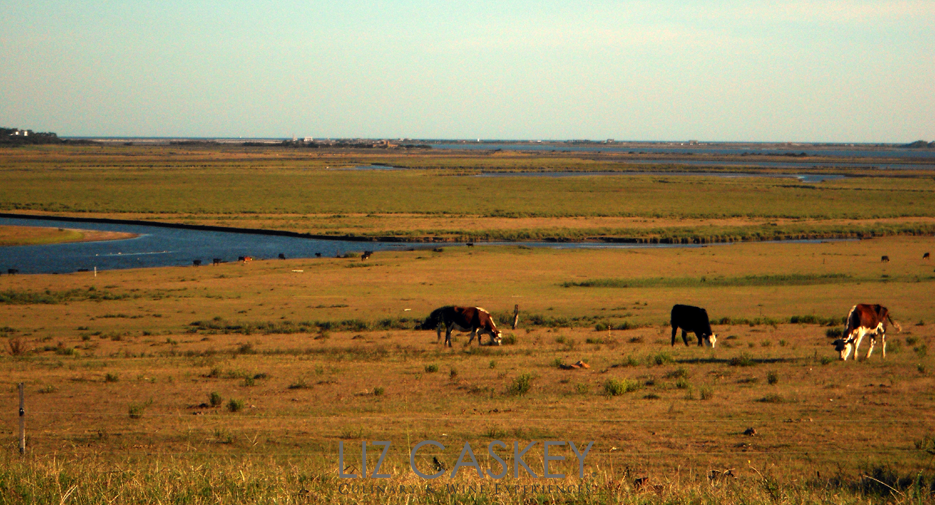
We first discovered Garzón’s Albariño many years ago at our favorite restaurant in José Ignacio, La Huella. Many of you know I will get poetic about José Ignacio being my happy place on earth (it is) with its charming 19th-century lighthouse, hand-painted signs, and dirt roads (that somehow don’t seem dirty), beautiful beaches and chic style. It’s the perfect balance of rusticity and sophistication and La Huella channels all of this in a beach restaurant.
Anyways…one hot summer day, we sat down to a long, boozy lunch at La Huella and the waiter says,
“Les tengo una novedad” (I have something new for you to try).
“It’s an Albariño made just up the road in the hills near the gaucho town, Garzón. Es una delicia.”
We agreed and the Albariño arrived, quite chilled, in an ice bucket. It was so cold that at first I couldn’t really sense any aromas. As it opened though, citrusy notes emerged along with a faint scent of jasmine flowers. It was crisp and bright, and felt like skinny dipping in a cold pool. We paired it with La Huella’s memorable heirloom Caprese salad, sautéed chipirones (baby squid), and grilled octupus. As I looked around, we saw the same bottle peeping out of the wine buckets at many tables. Perhaps it was the setting, the heat, the food, the vibe, the buzz…needless to say, the wine flowed like water and quickly became a favorite.
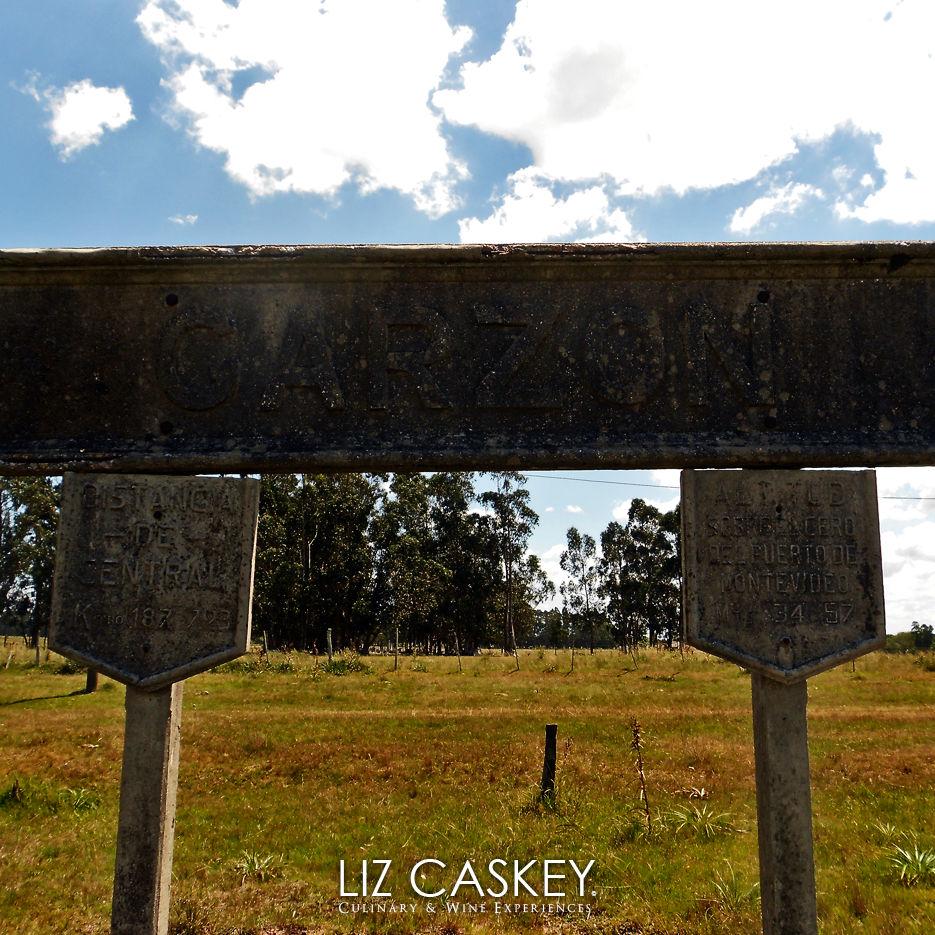
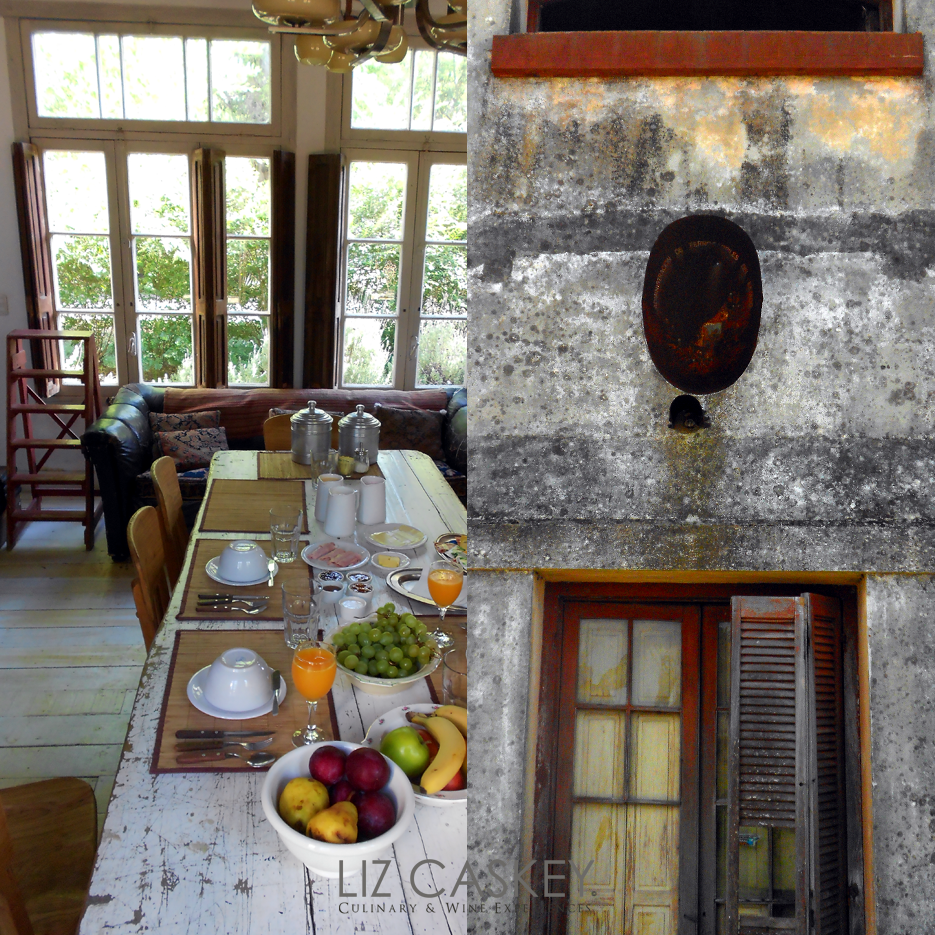
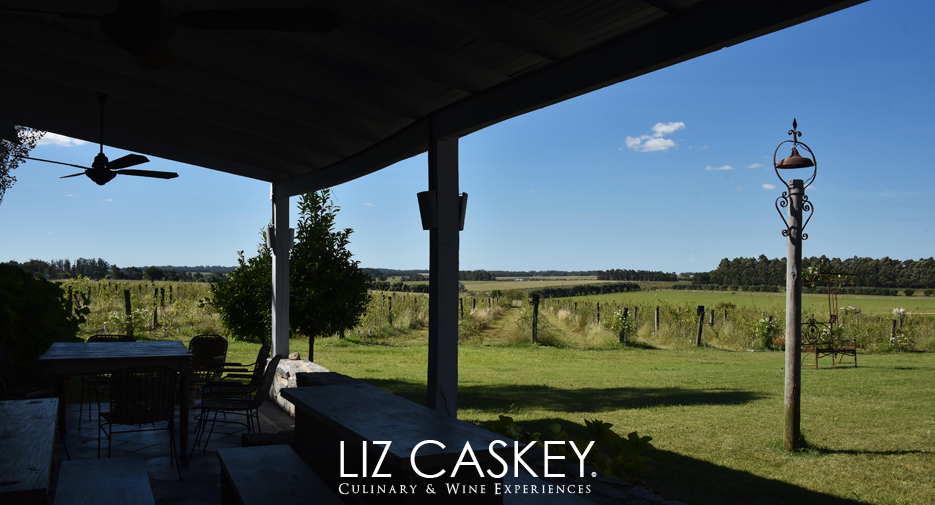
Fast forward to last February after the new, modernistic winery of Bodega Garzón had opened high in the hills north of José Ignacio. We were curious to know where this wine hailed from so we took the kids and set off on a foodie adventure inland. We had previously been in Garzón, the nearby country town (population 200) that was put on the map by celebrity chef Francis Mallmann who set up his flagship restaurant and hotel there in 2004.
If the village of Garzón maintains the essence of another époque, Bodega Garzón is the pinnacle of modernity and intersection of the spectacular nature and technological innovation. Driving down the beautiful dirt roads (yes, they are beautiful), you are surrounded only by gentle rolling hills and golden fields of wheat. The azure horizon is punctuated by billowy clouds. The sun sparkles. You can easily come around a curve and encounter a hundred sheep passing with a gaucho on horseback. Chickens live long, free lives.
I remember reading an interview with Francis Mallmann who summed up Garzón’s essence: “The beauty of Garzón is that there isn’t really much to do at all. You really get to get lost in yourself.”
Perhaps, though, this was before Bodega Garzón appeared.
Arriving at Bodega Garzón, the sleek architecture and hilltop setting feels straight out of a James Bond movie. The patchwork vineyards lay below like verdant puzzle pieces across the ondulating hills. Visually speaking, for a moment you swear you could be in Burgundy or Tuscany. The vineyards, however, are framed by the native forest, boulders, and natural palms that are very Uruguayo.
Visitors now flock to taste the wines that are under the guidance of Italian wine consultant, Antonio Antonini. If you have to sum up Garzón’s winemaking approach, it falls into the “less-is-more” camp—that is, minimal interference. The winery is completely gravity-fed and employs the use of concrete liberally. Winemakers have every winemaking toy conceivable. Yet, since the focus is on letting the fruit speak, the wines shy away from being overwhelmed by oak.
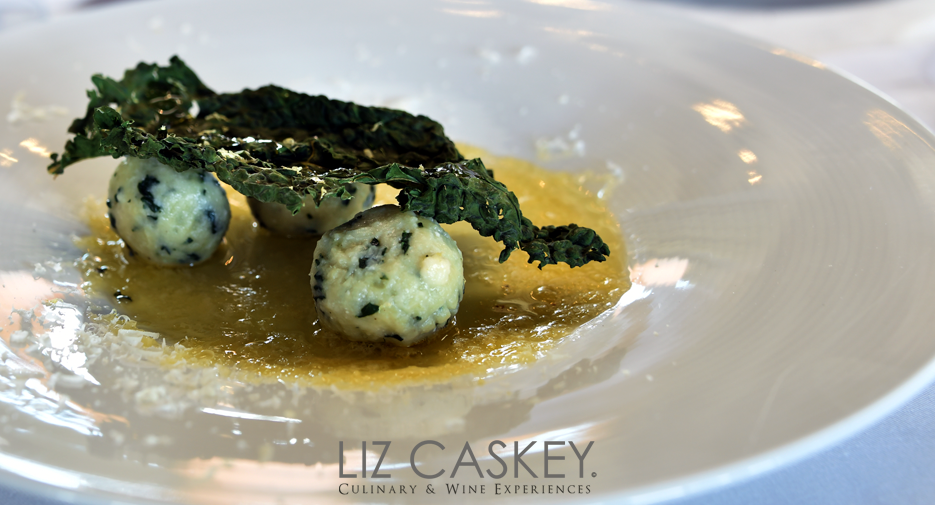
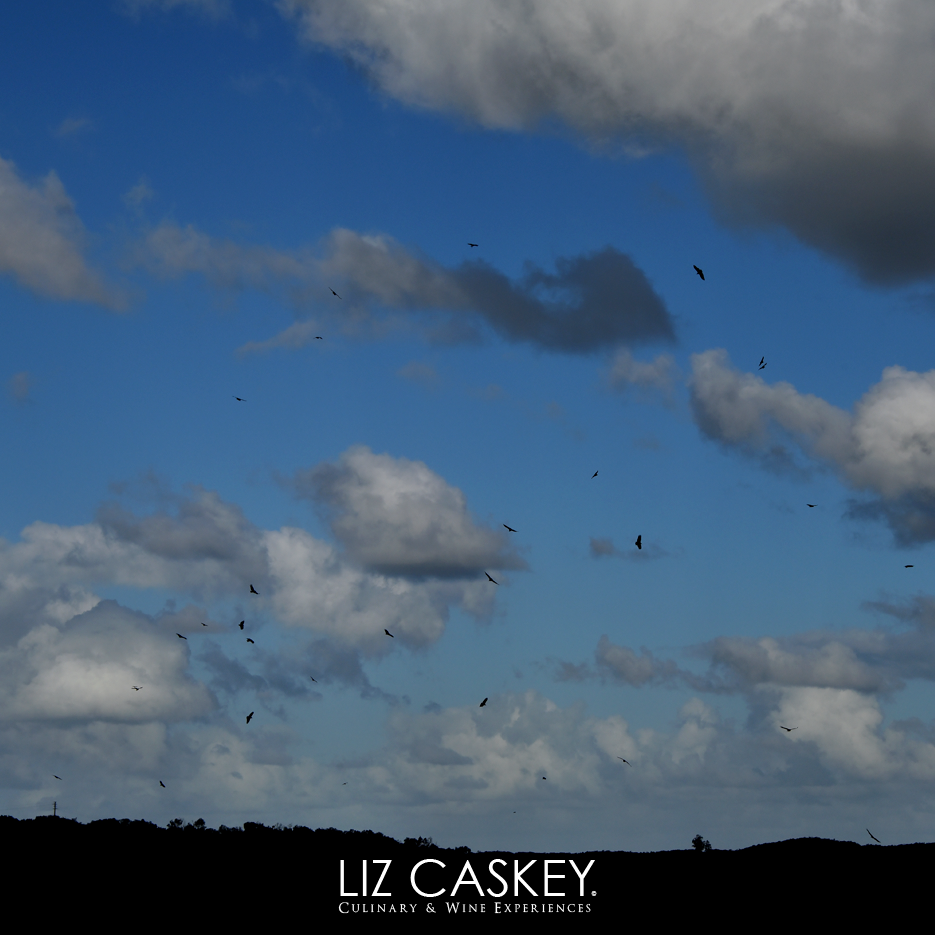
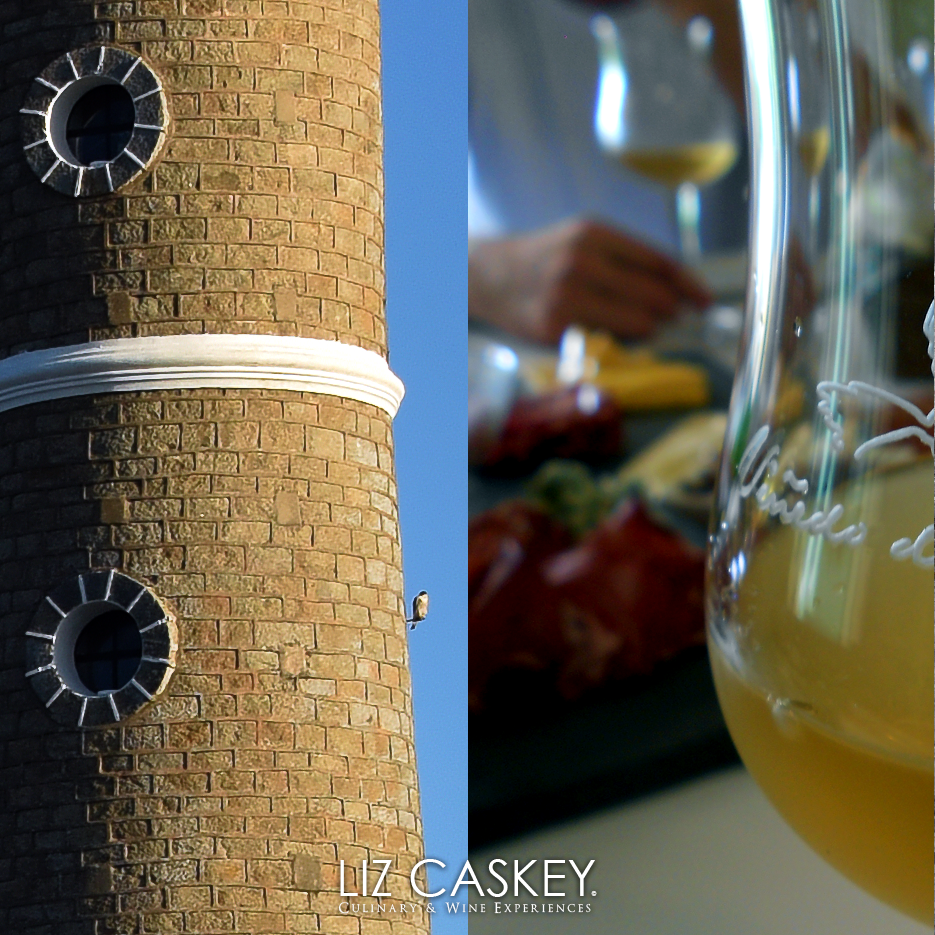
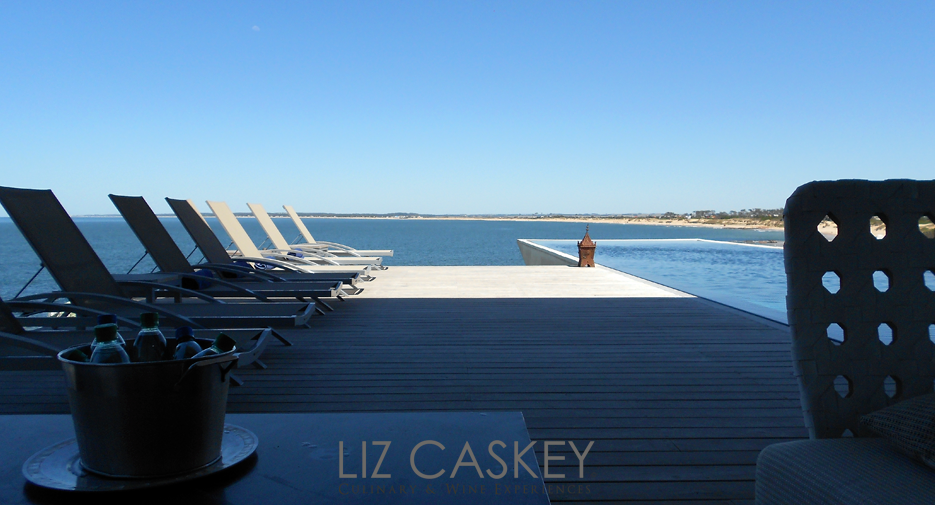
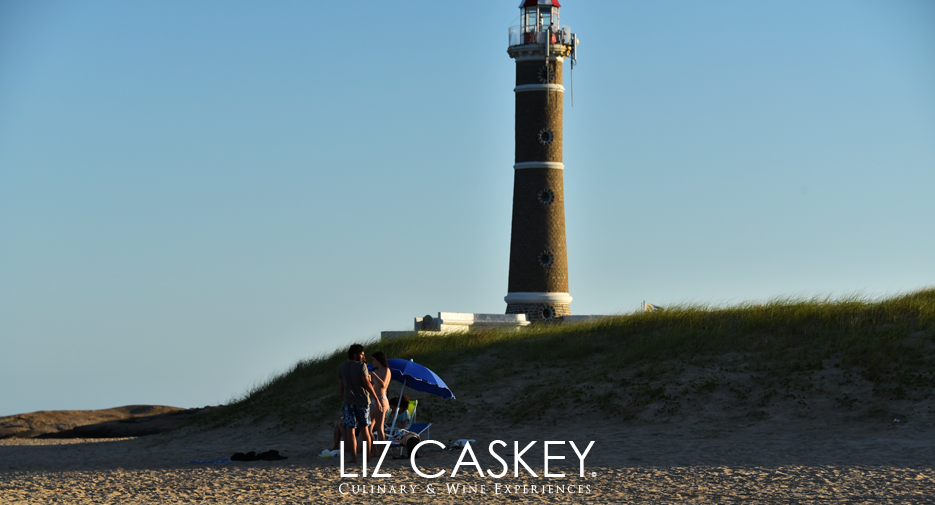
Lunch is in the chic dining room where every table overlooks the vines below. Set with pristine white linens, diners can watch cooks prepare food over showy open flames. The chef, after all, is a young Mallmann protégé. Sitting down to a white tablecloth experience with a 2.5 year old and 4 month old feels daunting at first but thankfully, the kids are absolute angels. Micaela tries everything that appears on the tasting menu–tongue, beef cheek, dainty vegetables. She swears eternal love for the dulce de leche dessert. Us, parents, find a new wine love. It’s name is Garzón Single Vineyard Albariño.
One word defines this wine–intense. It’s made from a selection of the best Albariño grapes and aged for a few months in untoasted French oak. They let it on the lies in concrete tanks to develop complexity, freshness, and mouthfeel (aka creaminess). It’s simply amazing.
Aromatically speaking, this Albariño blows everything else out of the water in Uruguayan whites. The aromas vary depending on the temperature of the wine in the glass. It ranges from lemons and limes when very cold to grapefruit, maybe even tangerines, as it warms up. Sometimes I swear I could even smell a little pear. The acidity is firm, almost crunchy, and utterly refreshing. It feels silky and elegant.
This Albariño is so delicious and intense, she begs to linger in our mouths. It is a wine that wants to be drank, slowly, like a red wine. It needs to be savored. It’s not meant to be drank ice cold like a rose nor sipped (often too quickly) like bubbly. This Albariño is powerful yet subtle. It’s a showstopper and vividly points to the full potential of the grape in Uruguay.
Salud!
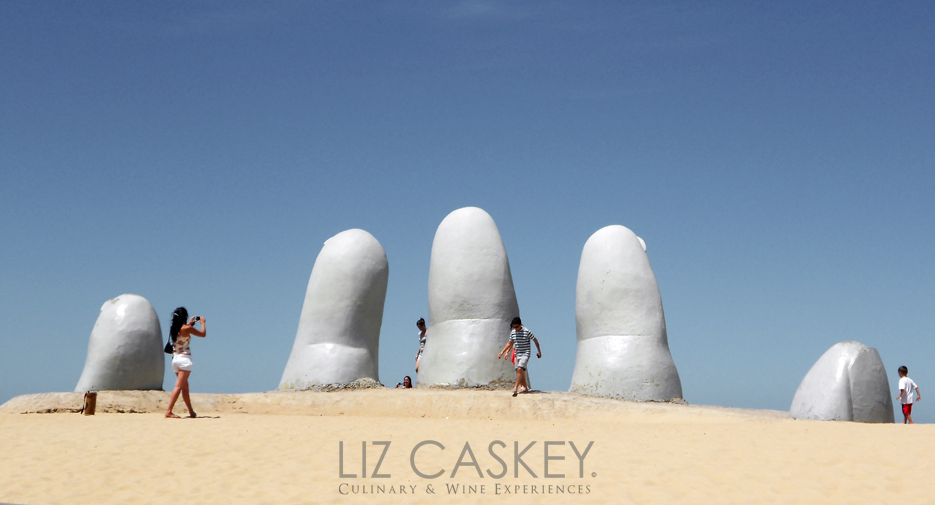
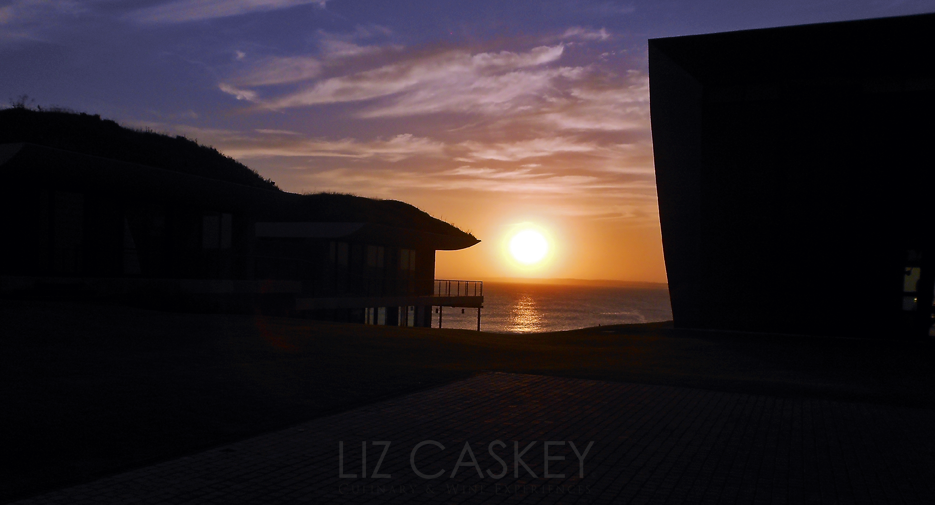
Join us on our Signature Journey this coming February 8-16, 2019 in Uruguay to dive into Uruguayan food, wines, and culture from Montevideo to Jose Ignacio and Punta del Este. Contact us for more details.
